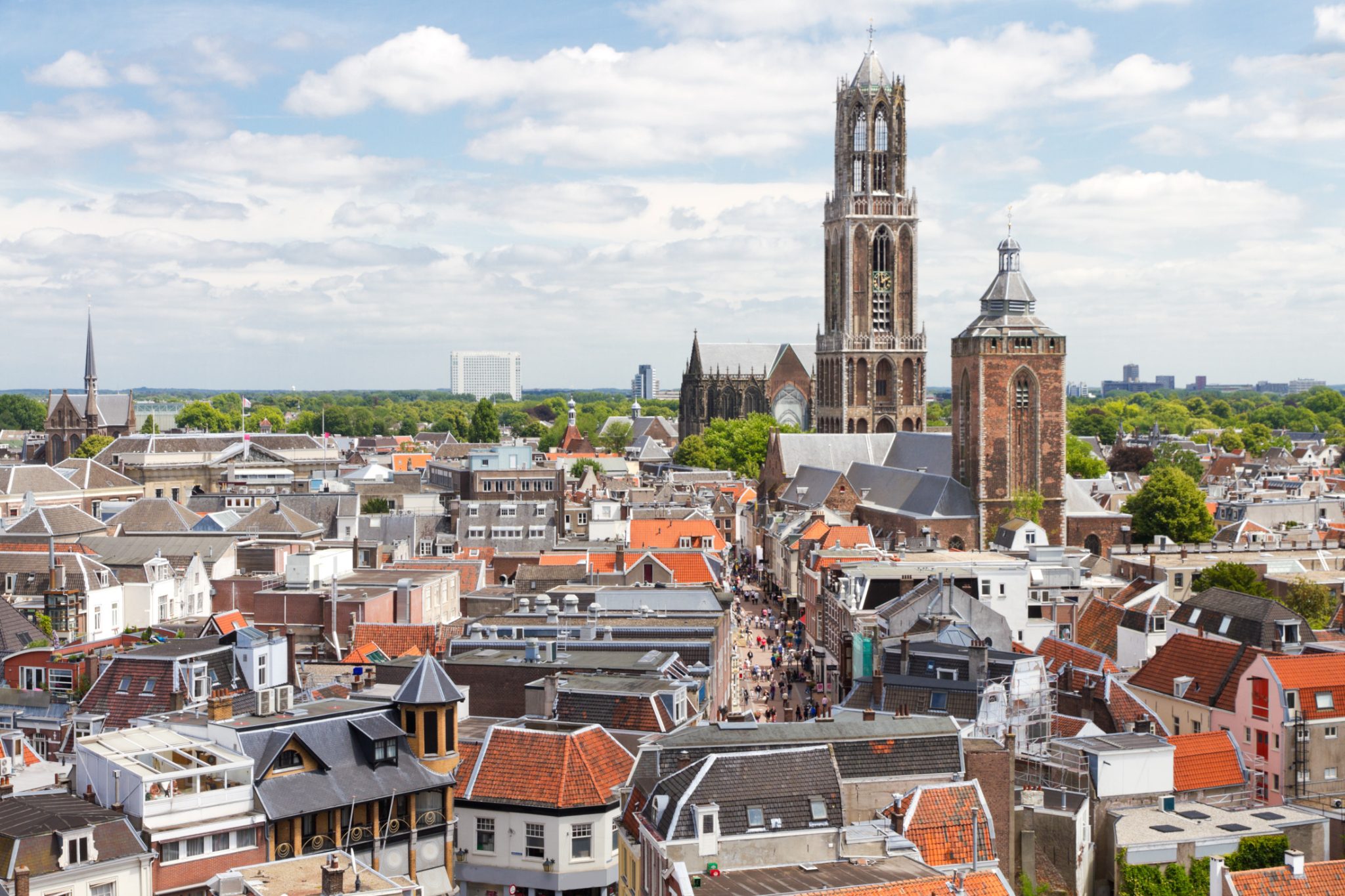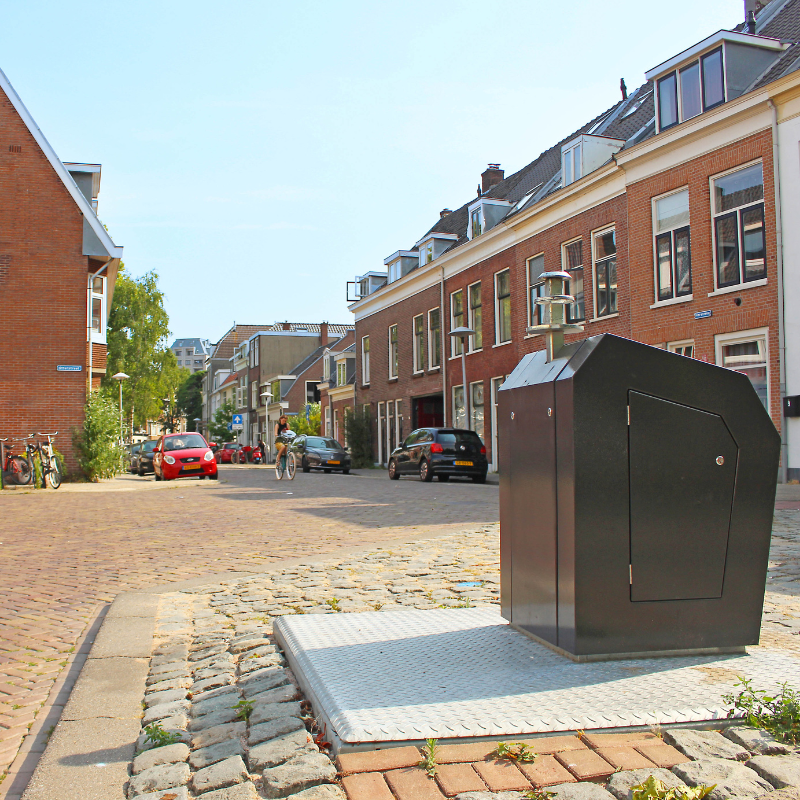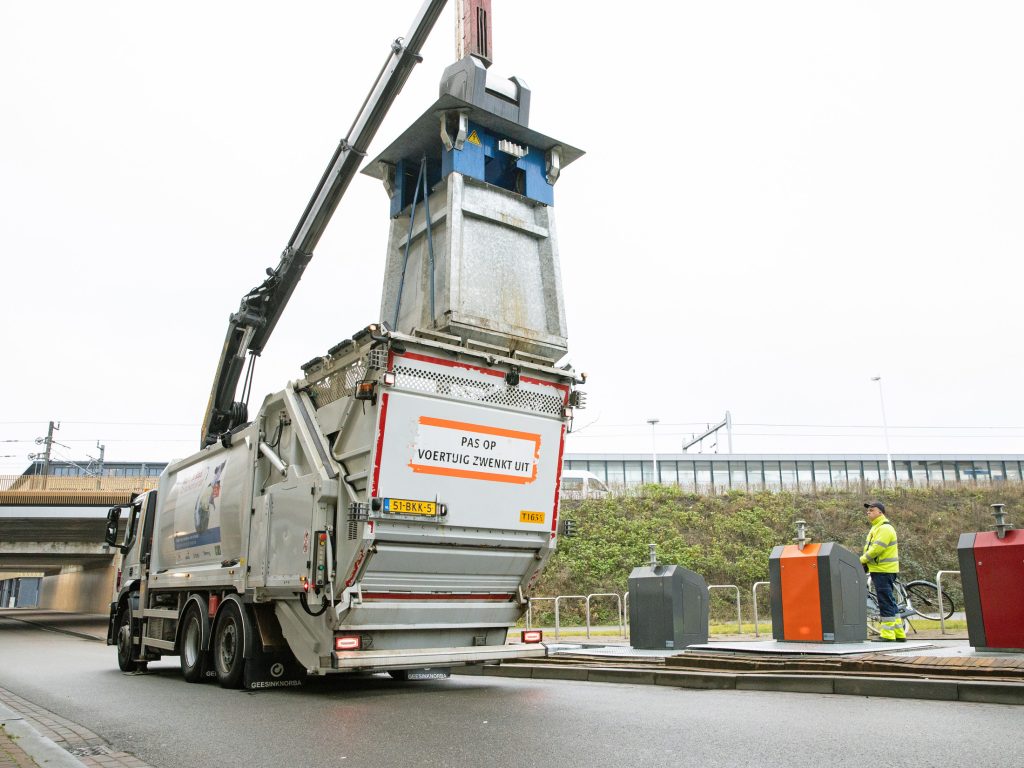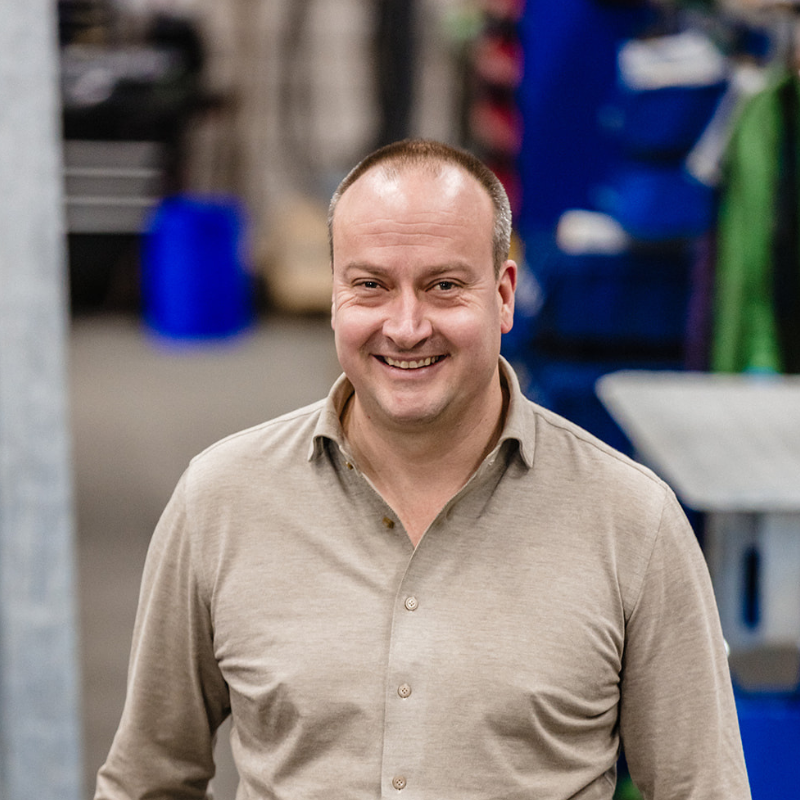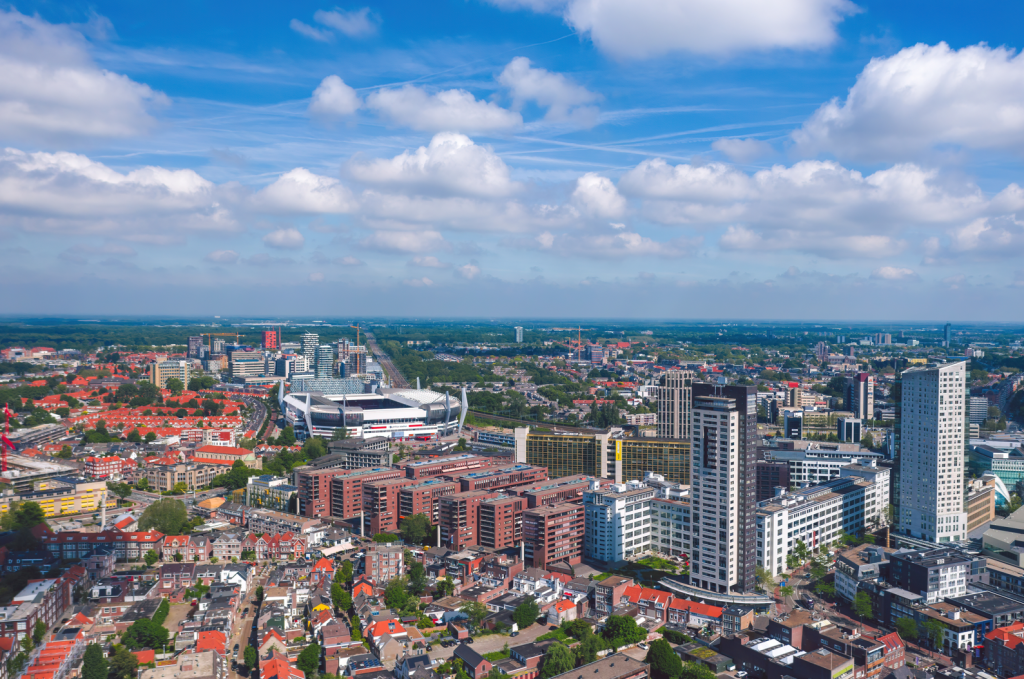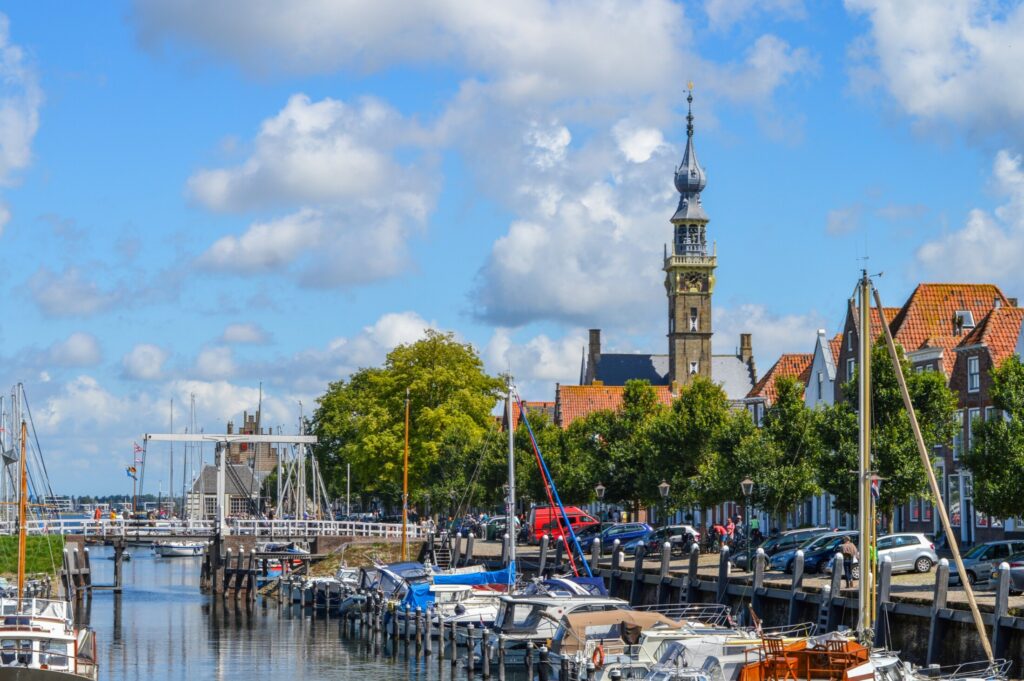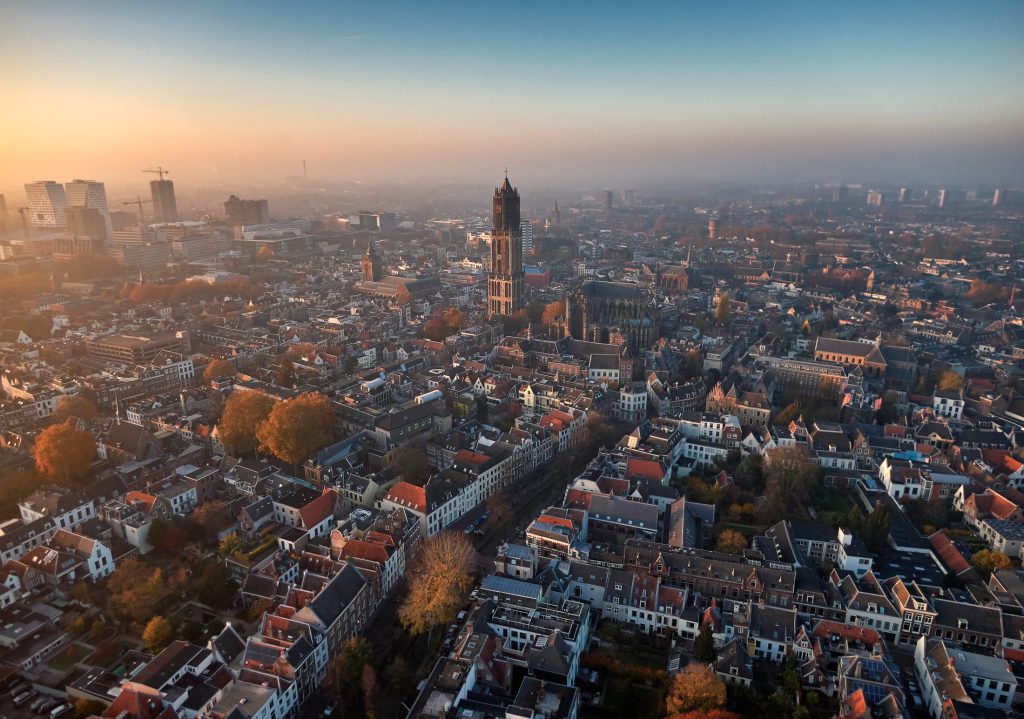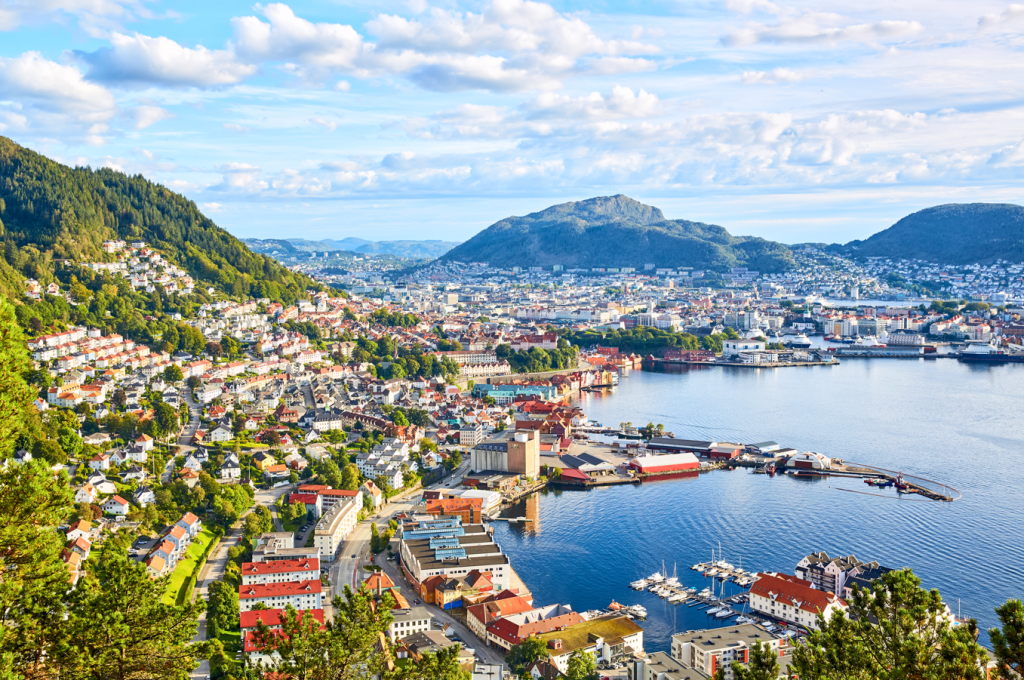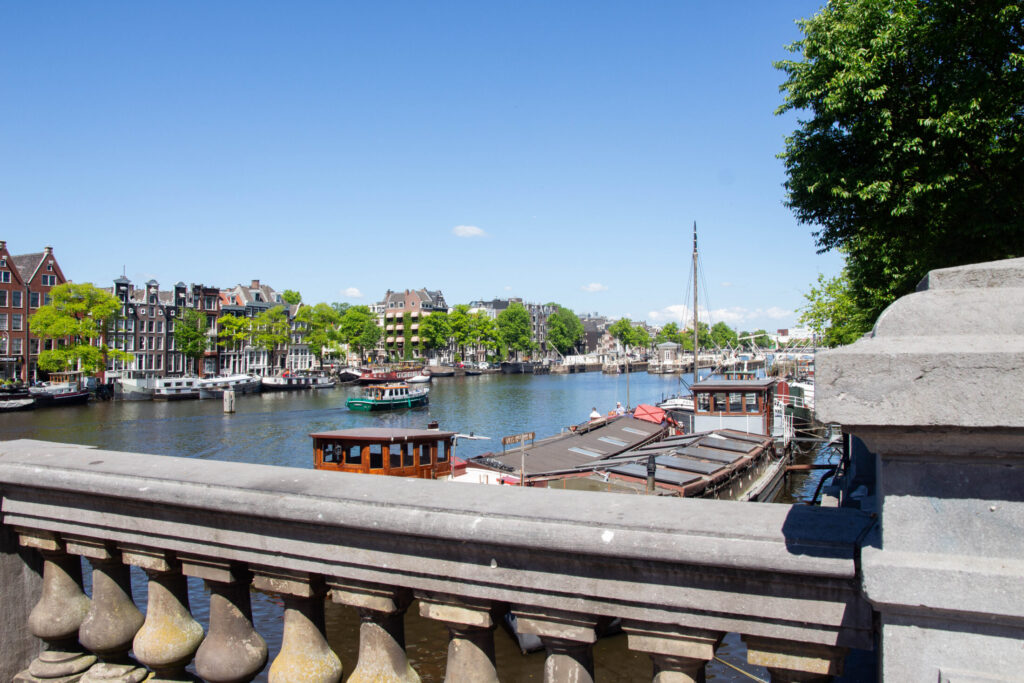It was in 2014 that the City of Utrecht first started installing Sidcon underground compactors. This helped meet the need for more waste collection capacity at specific locations. Eleven years later and the city now has 400 underground compactors which are operational. For Utrecht, the Sidcon compactor represents a valuable addition, as Theo Heller, project manager for the municipality, explains:
“The underground compactor gives us more capacity and, as such, solves quite a few problems. More capacity cuts down on transport because fewer journeys are needed to empty full containers. Fewer journeys mean a reduced risk of damage or accidents on the city’s congested streets. What’s more, fewer containers are necessary, thus reducing the pressures on open space. Not only that, we can cut down on the number of vehicles and staff as well, both of which are in short supply at the moment.
